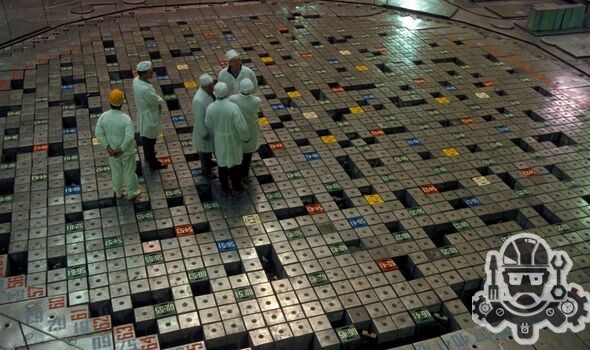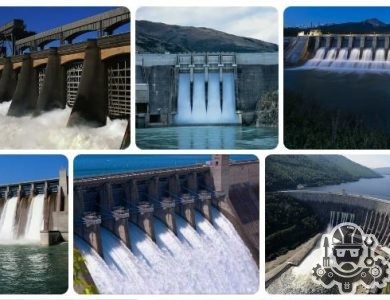Could the Chernobyl nuclear power plant accident have been prevented?
The Chernobyl nuclear power plant accident, which occurred on April 26, 1986, was a result of a combination of design flaws, operator errors, and a lack of safety culture. Several technical and operational factors contributed to the disaster.
Contents
Chernobyl Nuclear power Plant Flaws
Flawed Reactor Design (RBMK-1000)
The RBMK-1000 reactor used at Chernobyl had a design flaw that made it inherently unstable at low power levels. During a specific scenario known as a positive void coefficient, where coolant (water) turns into steam, the reactor’s power output would increase rather than decrease. This flaw was a critical factor in the accident.

Lack of a Containment Structure
Unlike many Western reactor designs, the RBMK-1000 lacked a containment structure. A containment structure is a protective barrier around the reactor that is designed to prevent the release of radioactive materials in case of a severe accident. The absence of this safety feature exacerbated the consequences of the Chernobyl accident.
Inadequate Operator Training and Procedures
The operators of the Chernobyl plant were not adequately trained to handle the complex and potentially hazardous situations that could arise during a reactor test. Additionally, the test being conducted at the time of the accident was poorly planned and executed.
Violation of Safety Protocols During the Test
The reactor was being operated at low power levels for a safety test. During the test, safety protocols were violated, and the reactor was put into a highly unstable state. The operators disabled critical safety systems, including automatic control systems, which would have otherwise helped prevent the escalation of the accident.
Delay in Emergency Shutdown
When the reactor power began to increase uncontrollably, there was a delay in initiating an emergency shutdown. This delay allowed the power levels to reach a critical point, leading to a massive steam explosion.
Explosive Steam Explosion
The explosion of steam caused a rupture in the reactor vessel, leading to a release of radioactive materials into the environment. The graphite moderator also caught fire, contributing to the release of additional radioactive substances.

In summary, the Chernobyl accident could have been prevented through a combination of better reactor design, the presence of a containment structure, improved operator training, adherence to safety protocols, and a more cautious approach to testing. The lack of these elements, along with specific design flaws, contributed to one of the most severe nuclear disasters in history. Since then, lessons learned from Chernobyl have influenced improvements in nuclear reactor design, safety protocols, and regulatory practices to enhance the overall safety of nuclear power plants worldwide.
The RBMK-1000 reactor used at Chernobyl had a design flaw that made it inherently unstable at low power levels.
Unlike many Western reactor designs, the RBMK-1000 lacked a containment structure.



